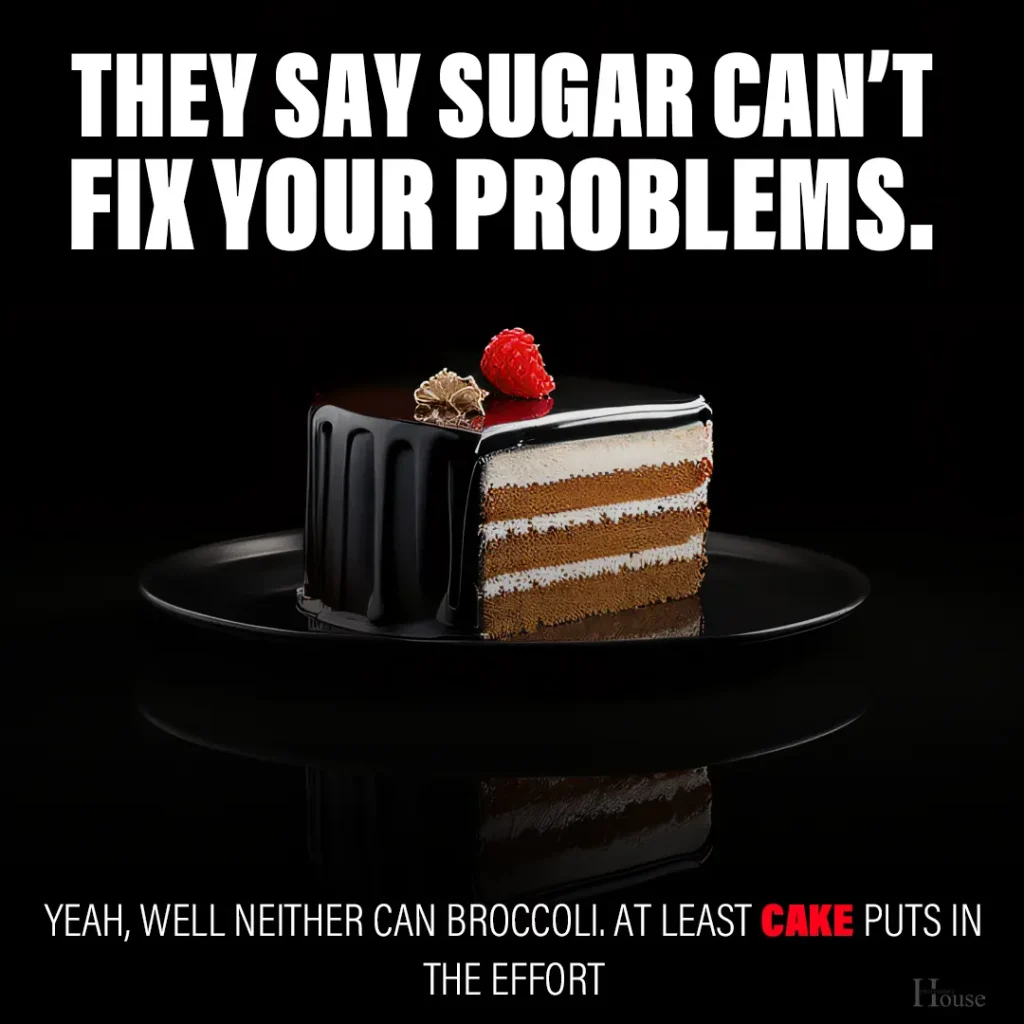Trends in Home Insulation for Sustainability
Today, many of the most significant trends in home insulation focus on sustainability and the urgent need to conserve energy. Effective insulation is no longer just about keeping homes warm in winter or cool in summer; it’s about maximizing energy efficiency across all aspects of a home’s design.
Insulation goes beyond filling air spaces in the roof, insulating water heaters, or sealing walls and floors. It’s not solely about ensuring windows—primary sources of energy loss—retain heat effectively. Instead, it’s about the holistic ability of skilled home designers to optimize the energy available and maintain robust insulation efforts.
Without proper insulation, homes inevitably waste precious energy. Regardless of the climate or available resources, it’s critical to make homes as energy-efficient as possible to reduce waste and enhance comfort.
Understanding Insulation and Its Impact
The Role of Insulation Materials
Insulation materials are used in buildings, including homes, to prevent the transfer of electricity, heat, cold, or sound. This not only saves money by reducing electricity consumption but also enhances comfort by maintaining ideal temperatures and reducing external noise. By stabilizing the indoor environment—keeping it warmer in winter and cooler in summer—insulation creates a more pleasant living space.
While insulation efforts often focus on a home’s structure (floors, walls, and roofs), vacuum-insulated windows have become a key factor in sustainable design. However, this piece will focus on the materials added to a home’s structure to improve insulation.
Commonly Used Insulation Materials
A variety of insulation materials have been used for decades, with ongoing improvements making some options more popular and sustainable. Different materials are suited for specific applications, such as ceilings, walls, floors, plumbing pipes, or hot water cylinders. Understanding these options is essential for choosing the best insulation for your home.
Types of Insulation Materials
- Boards, blankets, and precut batts: Versatile for flat and large cylindrical surfaces, such as hot water cylinders used for bathing, showering, and cleaning.
- Expanded or extruded slabs: Suitable for nearly any surface, these range from fiberglass to natural hemp, a top trend in sustainable insulation.
- Reflective foil: Backed with materials like paper or board to reflect heat and prevent condensation.
- Felt: Flexible and ideal for wrapping around large components like boilers.
- Flexible wired mattresses: Secured with wire mesh, often filled with loose or granulated material to fill voids.
- Spray foam: Commonly used for large, regular surfaces like cavity walls and roof spaces.
- Spray fiber: Popular for insulating irregular shapes, such as turbines, or for fireproofing applications.
- Fibrous tape or rope: Wrapped around pipework for insulation.
- Pre-manufactured pipe and cylindrical sections: Designed to fit snugly over pipes and cylinders.
Choosing the Right Insulation
The choice of insulation depends on climatic conditions, building construction methods, and heating or cooling systems. Some materials outperform others, and older products can sometimes be just as effective as newer ones. Before deciding, evaluate the pros and cons of each option, considering not only cost and installation but also long-term performance and sustainability.
Insulation Categories
- Reflective foil insulation: Prevents radiant heat transfer and condensation.
- Bulk insulation: Blocks heat transfer through conduction and convection. Options include glass fiber, rock fiber, cellulose fiber, polyester fiber, and hemp, each with unique properties but similar insulating effects.
Eco-Friendly Insulation Options
For those prioritizing sustainability, hemp is an excellent choice due to its superior insulation qualities and eco-friendly nature. It’s commonly used in dry walls and ceilings as an alternative to traditional materials.
Straw bale construction, though not a new concept, is another natural option that appeals to eco-conscious homeowners. Soy-based insulation, which expands significantly when sprayed, offers a sustainable alternative derived from a renewable resource. Recycled cotton, made from cleaned and treated old fabrics like jeans, is gaining popularity for its mold and insect resistance. Finally, all-natural sheep wool provides a cozy, sustainable insulation option, much like a favorite wool sweater.





